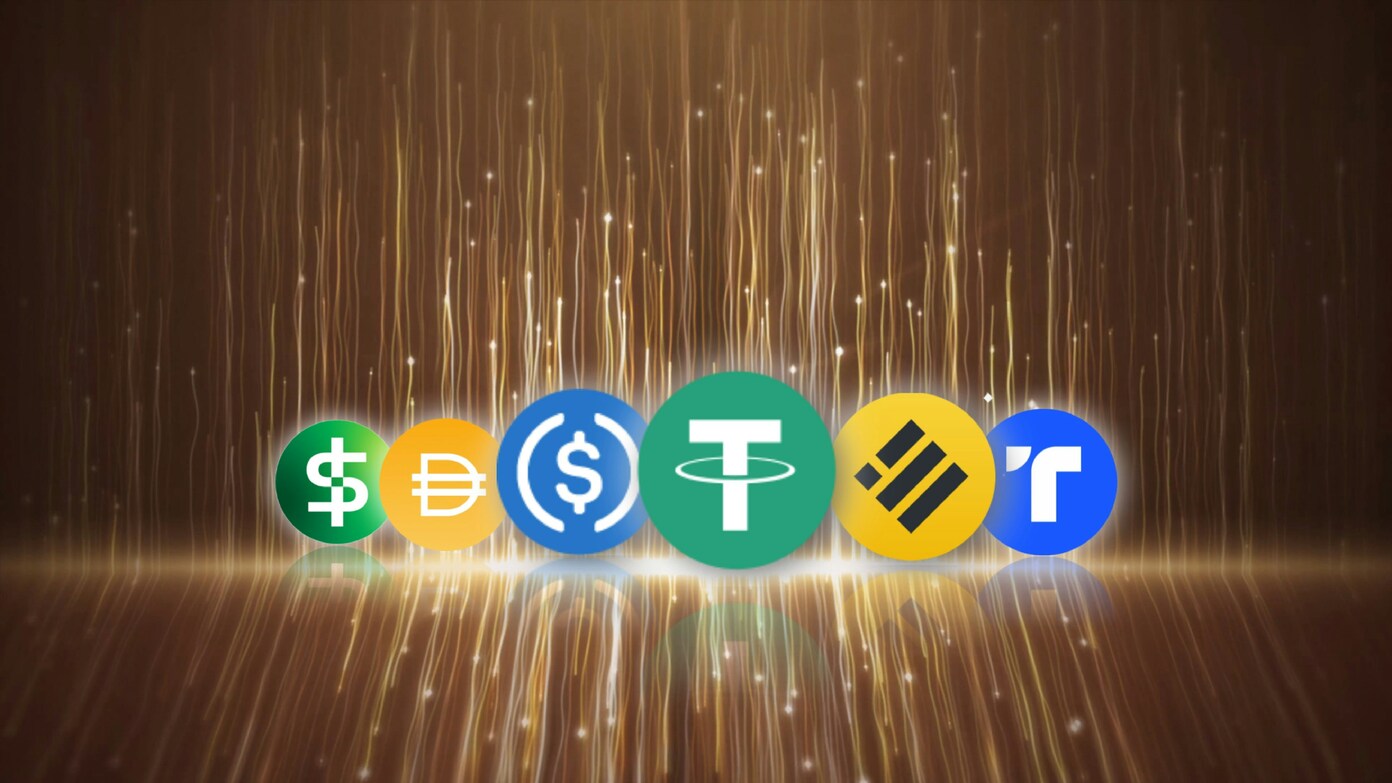Learning about stablecoins
Stablecoins are a form of digital money that is meant to maintain their value, unlike other cryptos like Bitcoin or Ethereum, which change rapidly in price. A stablecoin is typically anchored, or “pegged”, to a fiat currency like the United States dollar. For instance, one stablecoin may always be equal to about one dollar.
Stablecoins are structured to facilitate ease and security in the utilisation of digital assets. One can send funds internationally immediately, pay online, or trade on cryptocurrency platforms without worrying about extreme price variations. Examples of stablecoins are USDC from Circle and Tether (USDT).
Earlier this year, the US government signed into law what is referred to as the GENIUS Act, it creates the country’s first federal stablecoin regulations. But the bill has also set off a fiery fight among banks and cryptocurrency companies about what use and regulation the coins should undergo.
Why are banks concerned
The GENIUS Act doesn’t allow stablecoin companies to pay interest to their owners. However, some companies, such as Coinbase and Circle, found a loophole. These companies have “rewards” programs where a customer loans his or her stablecoins to a crypto platform, and the platform profits and returns the user’s money.
Banks argue that those “rewards” are just the same as interest, with a different label. Banks believe it’s not fair because banks have to abide by tough regulations when paying interest, like insuring themselves and providing strong protections for their depositors.
Stablecoin programs, on the other hand, aren’t insured by the FDIC, so consumers can lose their money if the company fails. Banks argue that it brings enormous risk to regular consumers.
Read this later: The income you need to live comfortably in the 10 most expensive cities in the United States.
The danger to the financial system
Stablecoins also make banks anxious that if they become popular, huge amounts of money will leave regular bank accounts. The U.S. Treasury Department states that this would create a potential $6.6 trillion loss to bank deposits.
Why is this important? Bank deposits are the main source of funding for lending — e.g., mortgages on homes, loans on cars, and loans to small companies. If instead people invest in stablecoins, banks would have fewer funds to lend. That would drive borrowing costs up and make it harder, which could slow down the economy overall.
Briefly, banks worry that stablecoins would destabilize the financial system by siphoning money out of insured, stable accounts and pumping it into unregulated digital currency that is riskier.
Read this later: What are the best private lenders for refinancing student loans?
The crypto industry’s response
Crypto companies view things differently. Banks are only concerned about competition, they insist. Customers had been earning scarcely anything on their deposits for decades, but banks had been profiting. Crypto companies respond that allowing stablecoins to pay interest puts more control in the hands of the people and could lead banks to raise rates.
They also contend that current law, the GENIUS Act, already makes stablecoins safer and more transparent. Coins must be backed by physical, auditable assets like U.S. dollars or government bonds, giving them more stability than before.
What happens next
The fight between banks and crypto firms is now making its way to Capitol Hill, where lawmakers are being urged to close the “rewards” loophole in the GENIUS Act. Banks are requesting the legislation explicitly prevent stablecoin issuers from issuing any type of return—interest, yield, or rewards — by name.
Crypto enthusiasts, however, warn that excessive regulation would stifle innovation and drive financial technology companies overseas where the environment is friendlier.
For now, the battle continues. Stablecoins are still a small portion of the economy compared to bank deposits, but as digital currency becomes increasingly mainstream, pressure builds to find a balance between protection and innovation.
One thing’s for sure: stablecoins are no longer a niche topic within crypto — they’re in the middle of a highly contentious finance topic that will decide the destiny of American banking.
Read later: Can kosher or halal foods be purchased with SNAP Payment benefits and what is covered by Food Stamps?

